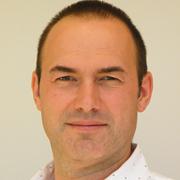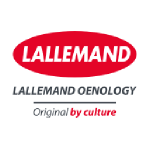Shaking up the microbiology of winemaking
Background
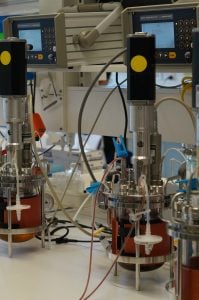
Long term continuous culture of microorganisms can be controlled in bioreactors. Photo: K. Sumby
Winemakers continue to seek opportunities to achieve diversity in wine sensory properties whilst retaining control and reliability in winemaking. Whilst many winemakers are choosing not to inoculate their juice for alcoholic fermentation (AF), allowing indigenous non-Saccharomyces to initiate AF, this can lead to stuck fermentations due to their inability to complete fermentation.
Unlike several hundred Saccharomyces strains, only ~6 non-Saccharomyces strains are available commercially and none cope with the rising ethanol of fermentation and need an ‘over-inoculation’ with a Saccharomyces wine strain to complete. Additionally all red and many white wines are inoculated for Malolactic fermentation (MLF) with lactic acid bacteria (LAB), either as a co-inoculant or following AF. MLF involves the bioconversion of malic acid to lactic acid and carbon dioxide. The ability to metabolise malic acid is strain specific, and both individual Oenococcus oeni strains and other LAB strains vary in their ability to efficiently carry out MLF.
MLF is notoriously problematic and can very easily impact wine quality negatively. There is therefore great interest in non-Saccharomyces strains and LAB that are more resistant to the stressors found in juice and wine. Inoculation with superior non-Saccharomyces yeasts and LAB should provide greater process reliability and predictability of fermentation outcome (at least in terms of absence of undesirable sensory properties) than un-inoculated fermentation.
This project seeks to generate more robust non-Saccharomyces (able to ferment alone) and LAB.
Objectives/aims
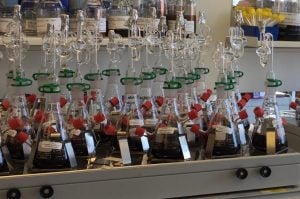
Small scale fermentation trails. Photo: K. Sumby
The core objective of this project is to tackle microbial failure during fermentation, by providing the industry with robust and tailored microbes, whilst still maintaining the distinctive sensory properties of non-Saccharomyces.
This project will take candidate yeast and LAB isolated in project “Defining and exploiting the indigenous microflora of grapes” for winemaking potential and apply techniques used by us previously, to produce novel microbes via directed evolution (DE). DE involves an organism mutating and potentially adapting to a high stress environment over the course of extended cultivation.
A continuous culture of candidate strains will be established and exposed to progressively increasing stress (e.g. pH, ethanol, SO2). Optimised strains should emerge as the population struggles to adapt to the stressors applied in the DE system. More robust non-Saccharomyces that do not need ‘rescue’ by a Saccharomyces strain and hence can make a greater flavour contribution will be developed along with superior LAB for quicker, more reliable MLF.
ON THIS PAGE
Latest News
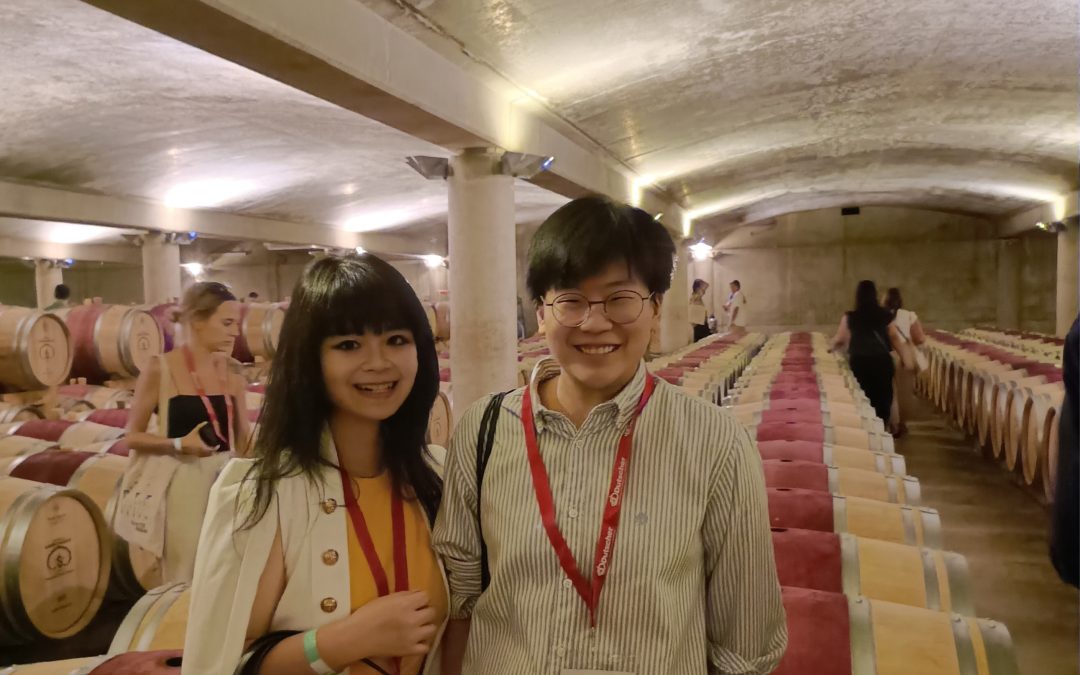
Macrowine Conference – Isara Vongluanngam
By Isara Vongluanngam Every two years, wine researchers from around the world come together to exchange their latest findings and knowledge at OenoMacrowine conference. This renowned international congress focuses on macromolecules and secondary Metabolites of vine...
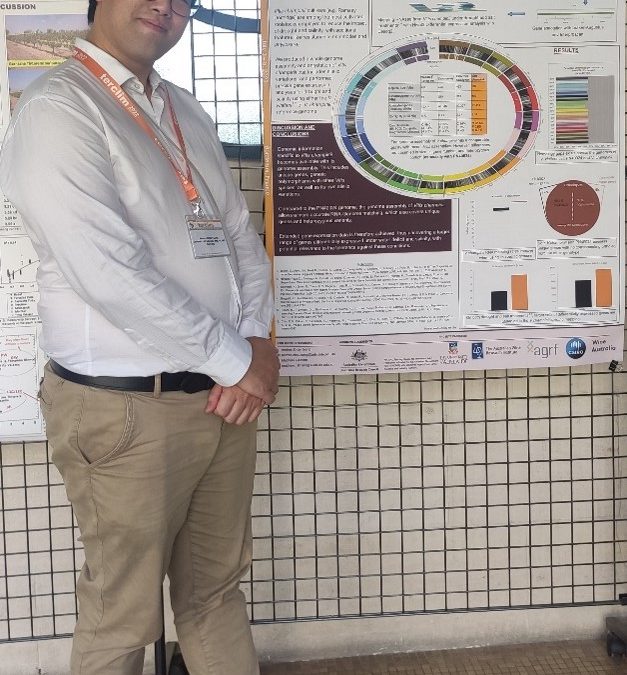
Andres Experience at Terclim 2022 | Bordeaux, France
By Andres Zhou Tsang I am sure many of the ARC Training Centre Members have very fond memories of the 13th International Terroir Congress, taking place in Adelaide back in 2020, which connected grape and wine scientists and industry leaders from all over...
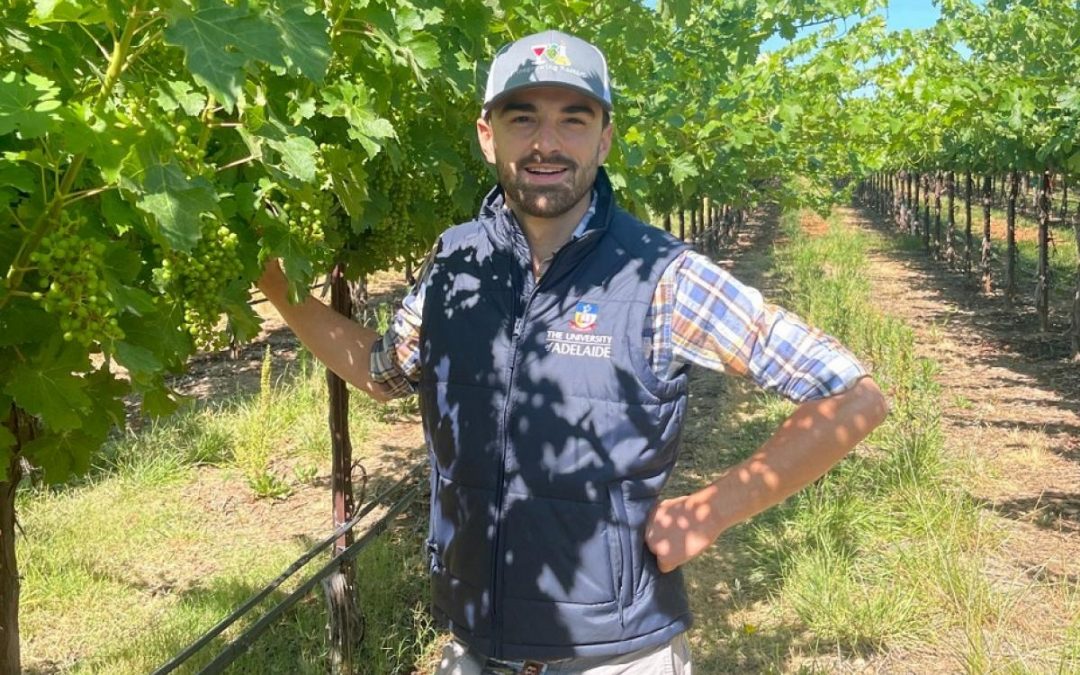
Delaying grapes from ripening results in more flavoursome wine
Republished with permission from The University of Adelaide Newsroom Researchers from the University of Adelaide have crunched the data on the best methods to delay grapes ripening on the vine, leading to better quality wine. “Our research focused on three...

